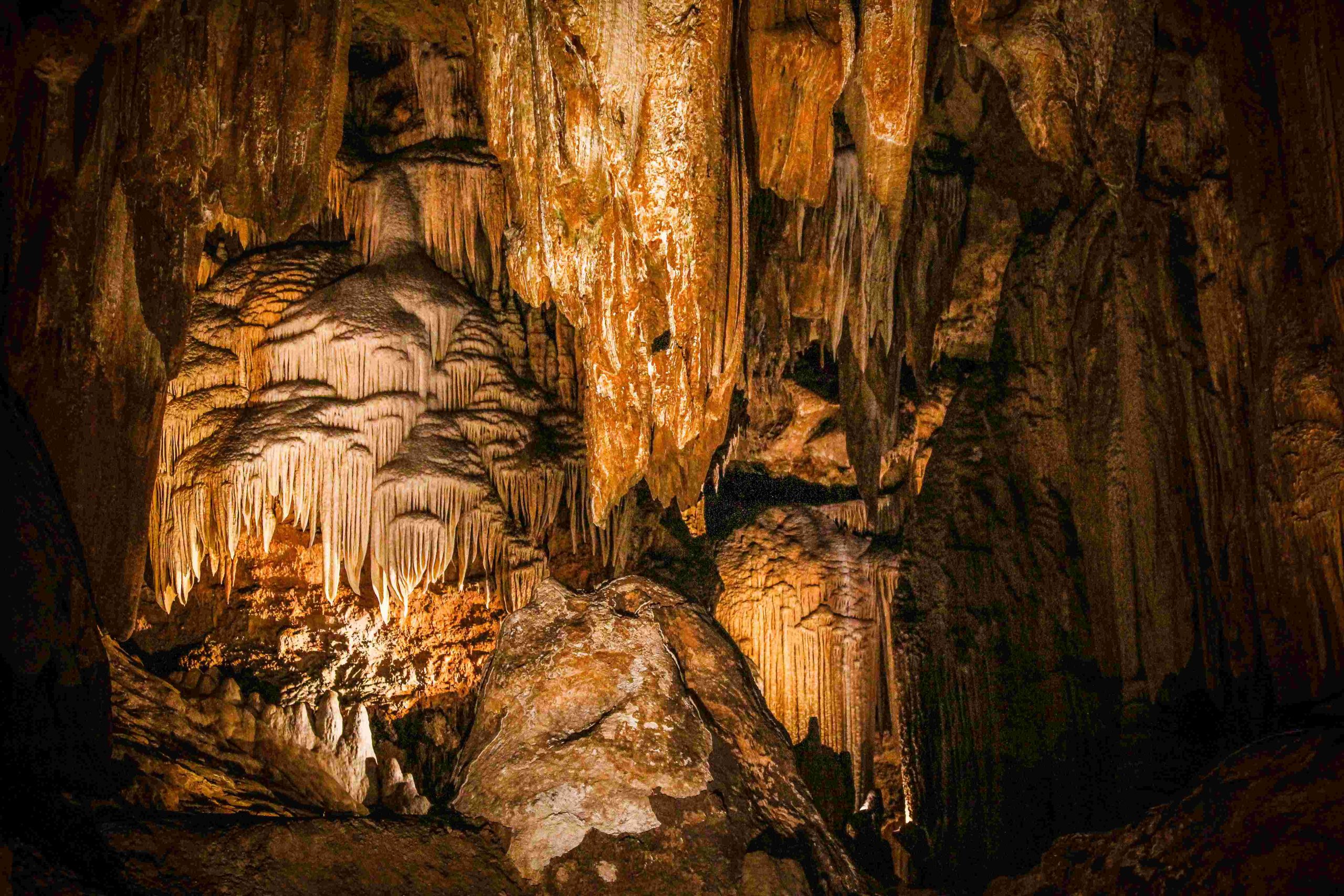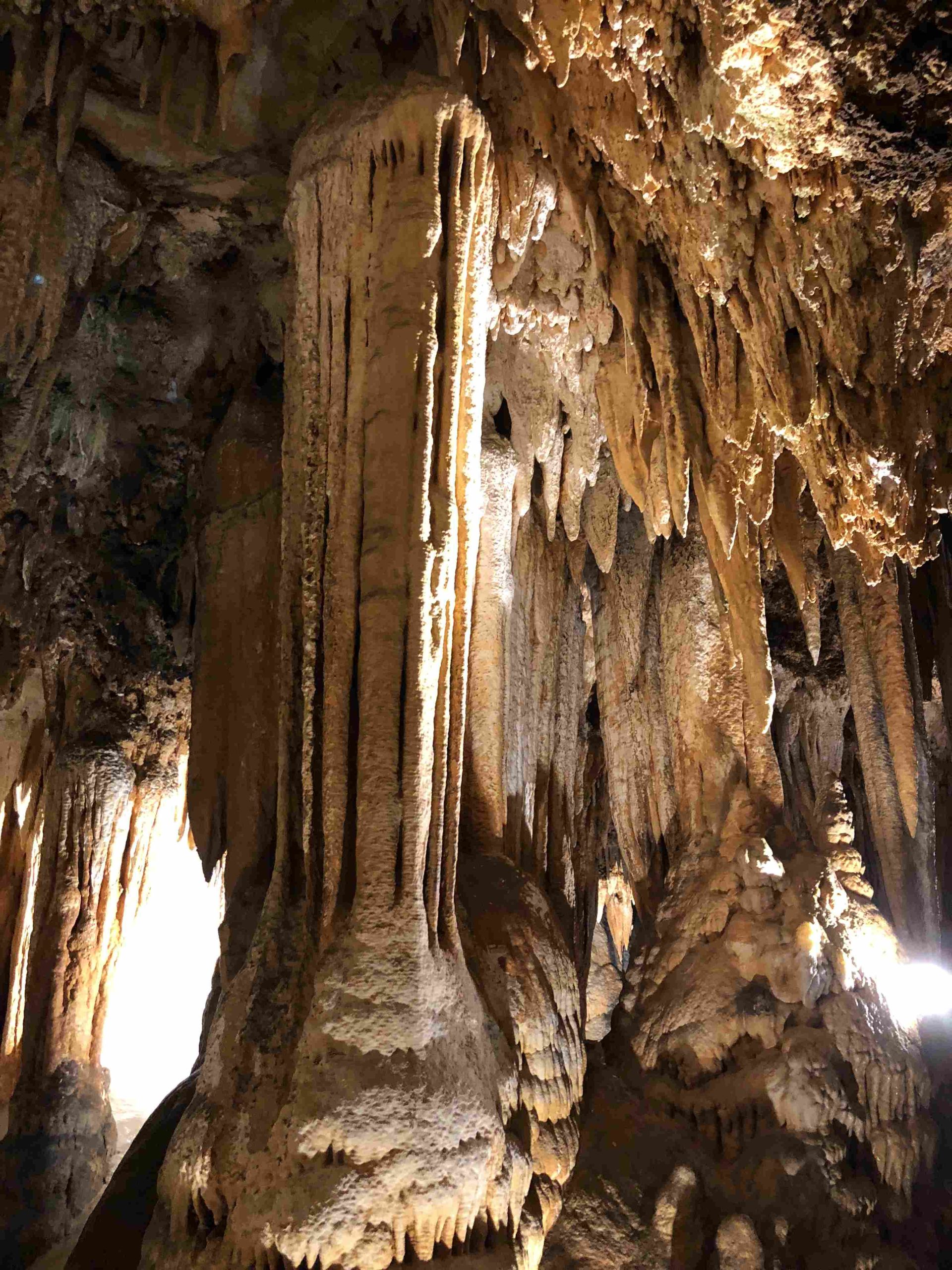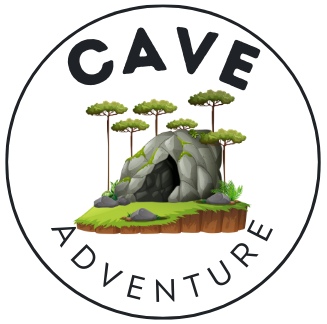The Luray Caverns reflecting pool, known as Dream Lake, is a mesmerizing natural wonder located within the Luray Caverns in Virginia. This shallow pool, spanning approximately 2,500 square feet, creates an optical illusion of depth due to its perfectly still surface. The pool’s crystal-clear water reflects the surrounding stalactites, creating a mirror image that appears to double the cavern’s size. This unique feature has made the Luray Caverns reflecting pool one of the most photographed and awe-inspiring attractions within the cave system.
What is the Geological Formation of the Luray Caverns Reflecting Pool?

The Luray Caverns reflecting pool is a result of millions of years of geological processes. The caverns, including Dream Lake, were formed in dolomites of the lower Beekmantown Dolomite, dating back to the Lower Ordovician period. The formation of the pool and surrounding structures involved:
- Dissolution of calcium carbonate
- Precipitation of lime
- Gradual accumulation of water in the lowest parts of the cavern
This slow and steady process created the shallow yet expansive pool we see today, with its remarkably reflective surface.
How Deep is the Luray Caverns Reflecting Pool?

Despite its appearance of great depth, the Luray Caverns reflecting pool is surprisingly shallow. Here are the key facts about its depth:
- Actual depth: 18-20 inches (45-50 cm)
- Apparent depth: Appears much deeper due to optical illusion
- Total surface area: Approximately 2,500 square feet
This shallow depth contributes to the pool’s mirror-like surface, as there’s minimal water movement to disturb the reflection.
When Was the Luray Caverns Reflecting Pool Discovered?
The discovery of the Luray Caverns, including the reflecting pool, is an interesting tale of exploration and chance. Here’s a timeline of key events:
| Date | Event |
|---|---|
| August 1878 | Benton Pixley Stebbins and partners discover Luray Caverns |
| 1878-1881 | Initial exploration and development of the caverns |
| 1881 | Caverns opened to the public |
The discovery was made after Stebbins noticed a sinkhole emitting cool air, indicating the presence of a cave system. The reflecting pool, being one of the most striking features, likely played a significant role in the early promotion and popularity of the caverns.
What are the Best Ways to Photograph the Luray Caverns Reflecting Pool?
Capturing the beauty of the Luray Caverns reflecting pool can be a rewarding experience for photographers. Here are some tips for getting the best shots:
- Location: Position yourself directly in front of the pool for the most pronounced reflection of stalactites.
- Lighting: Ask tour guides about the best lighting conditions, as they often adjust lighting to highlight different features.
- Timing: Since the caverns are underground, time of day doesn’t significantly affect photography conditions.
- Equipment: A tripod can be helpful for long-exposure shots in the low-light environment.
- Composition: Include both the pool and the reflected stalactites to showcase the mirror effect.
Remember to respect the cavern’s rules and avoid using flash photography, as it can disturb other visitors and potentially harm the cave ecosystem.
What Tour Options are Available to See the Luray Caverns Reflecting Pool?
Visitors can experience the Luray Caverns reflecting pool through guided tours. Here’s what you need to know:
- Tour Duration: Approximately 1 hour
- Tour Content: Covers main areas of the caverns, including the reflecting pool
- Guide Information: Knowledgeable guides provide geological and historical context
Tour Schedules and Costs
- Schedules: Regular tours throughout the day, varying by season
- Costs: Vary based on age and other factors (check official website for current pricing)
- Accessibility: Paved paths and elevators available, but some walking required
Unique Experiences
- Great Stalacpipe Organ: Hear music played on cave formations
- Photography opportunities at Dream Lake
- Learning about cave formation and geology
Remember to book in advance during peak seasons to ensure availability.
How Does the Luray Caverns Reflecting Pool Compare to Other Cave Features?
The Luray Caverns reflecting pool is just one of many remarkable features within the cave system. Here’s how it compares:
- Size:
- Reflecting Pool: 2,500 square feet
-
Entire Cavern System: Extends 260 feet below surface
-
Height:
- Reflecting Pool Depth: 18-20 inches
-
Some Cavern Ceilings: Over 10 stories high
-
Uniqueness:
- Reflecting Pool: Known for mirror-like surface and optical illusions
-
Other Features: Include towering stalactites, stalagmites, and unique geological formations
-
Visitor Appeal:
- Reflecting Pool: One of the most photographed and popular attractions
- Other Features: Great Stalacpipe Organ, Titania’s Veil, Giant’s Hall
The reflecting pool stands out for its visual impact and the way it enhances the perception of the cavern’s size and beauty.
What Conservation Efforts Protect the Luray Caverns Reflecting Pool?
Preserving the Luray Caverns reflecting pool and the entire cave system is crucial. Here are some conservation measures in place:
- No-touch policy for formations
- Controlled lighting to prevent algae growth
- Limited tour group sizes
- Regulated air flow and humidity levels
- Ongoing scientific monitoring of cave conditions
Visitors are encouraged to follow all guidelines to help protect this natural wonder for future generations.
The Luray Caverns reflecting pool continues to captivate visitors with its serene beauty and optical illusions. As part of the larger Luray Caverns system, it stands as a testament to the wonders of natural geological processes and the importance of conservation efforts in preserving such unique environments.

